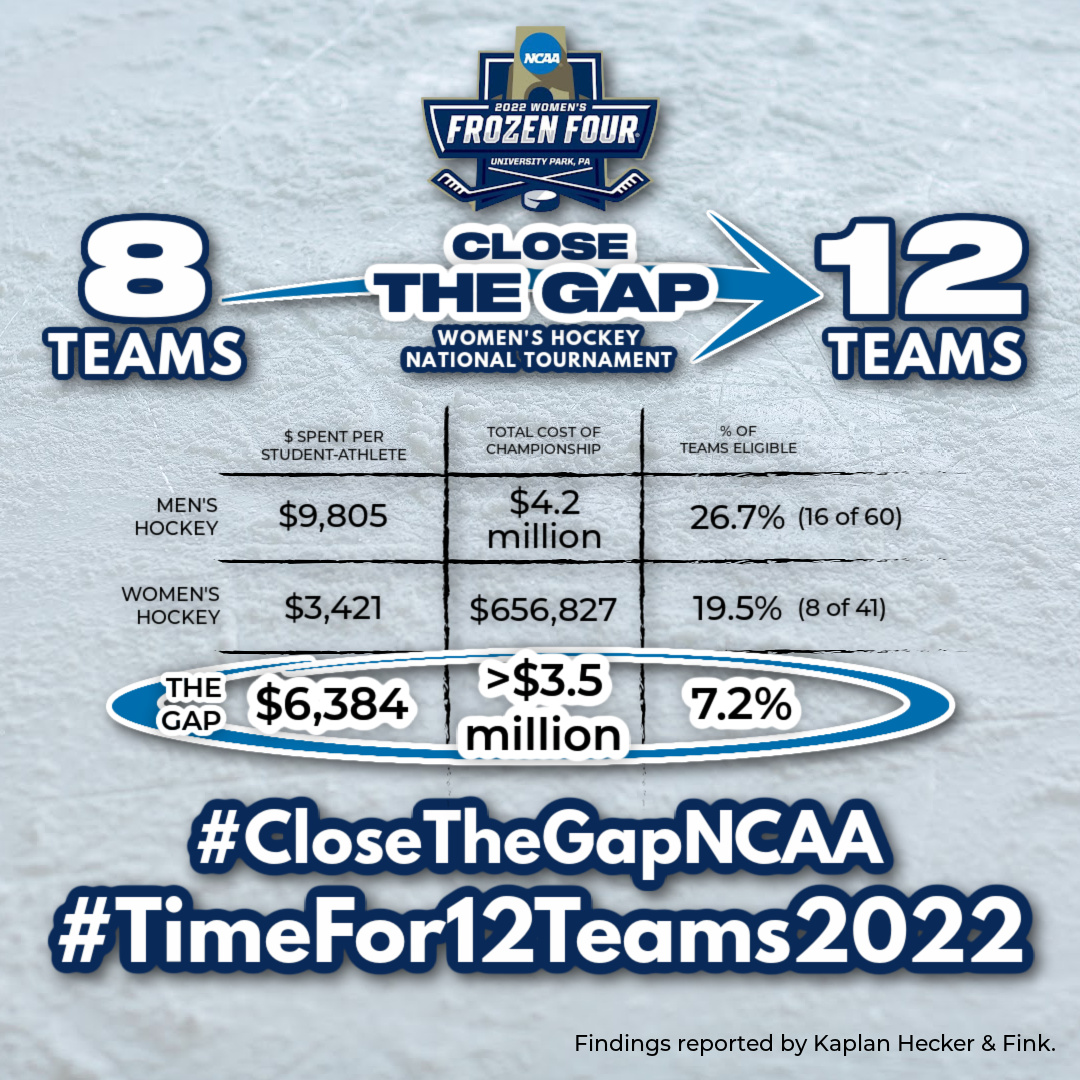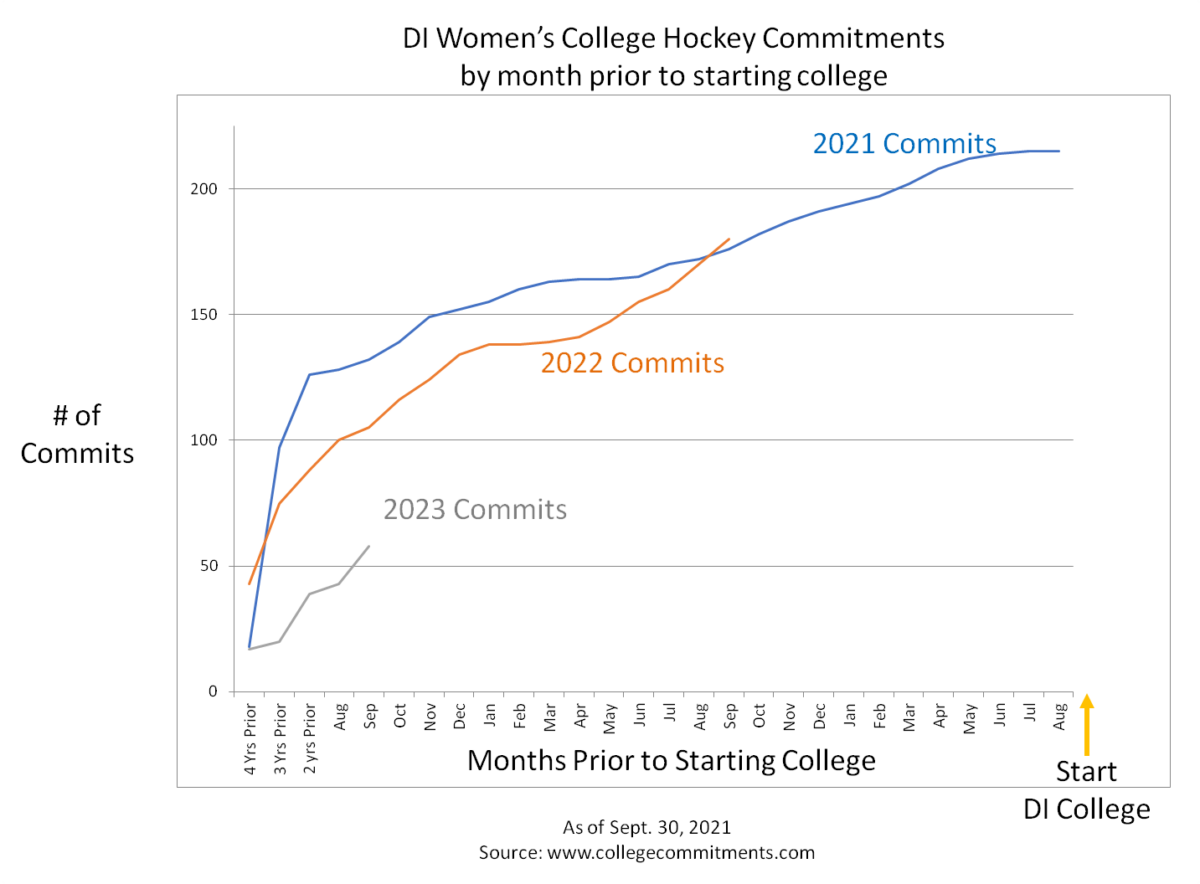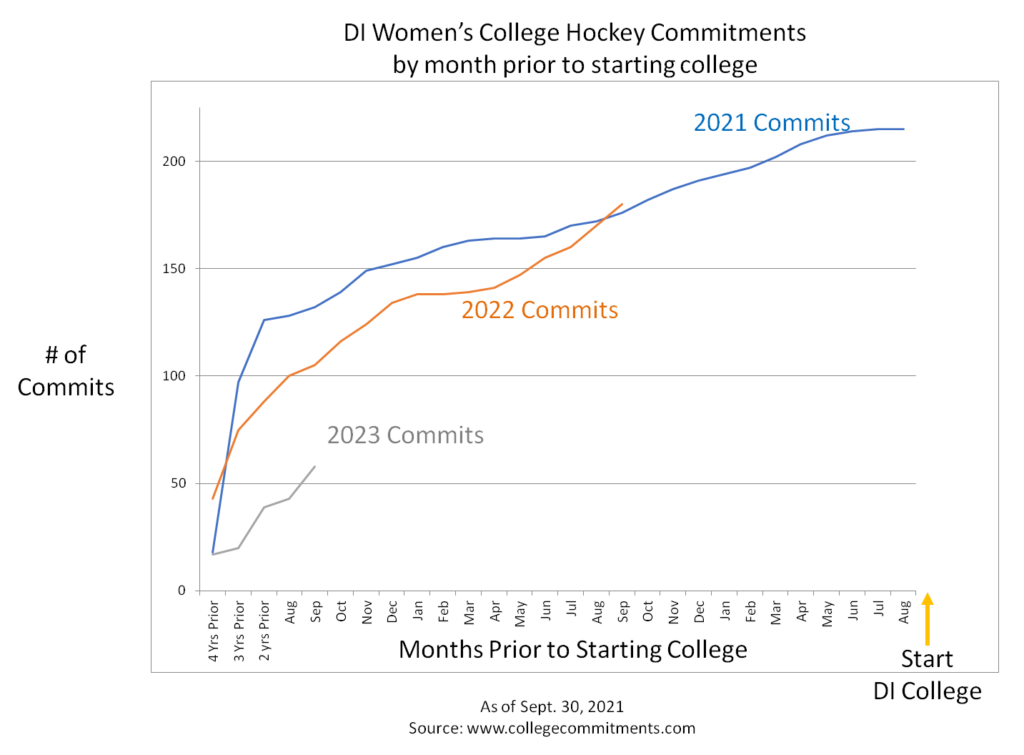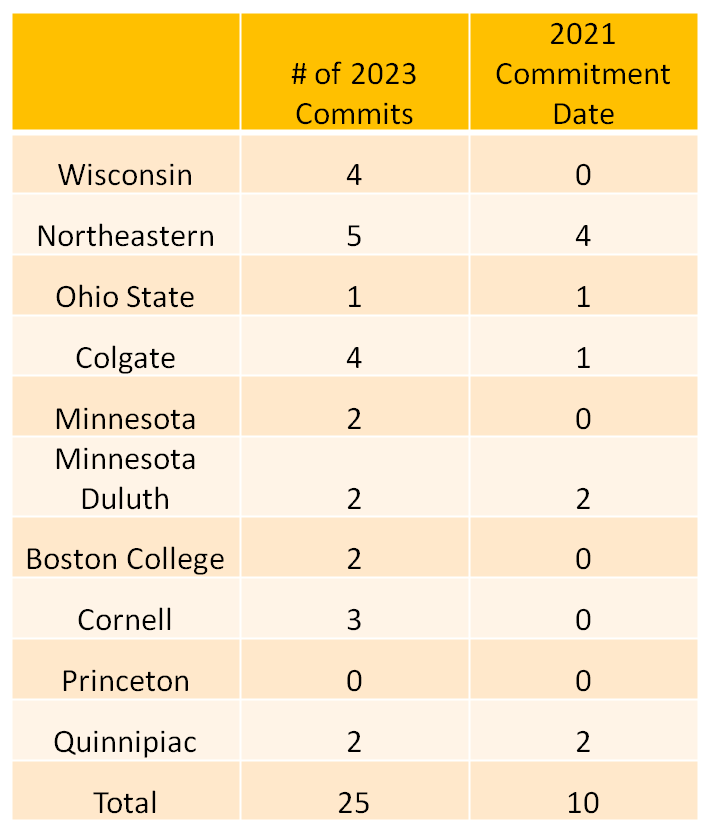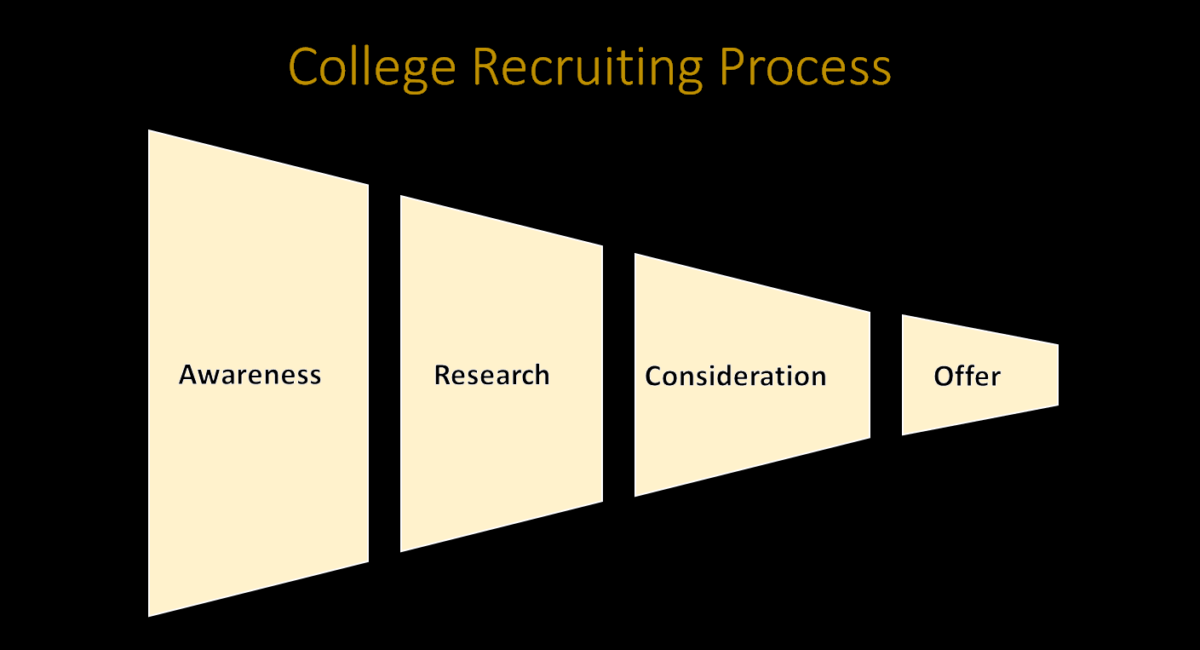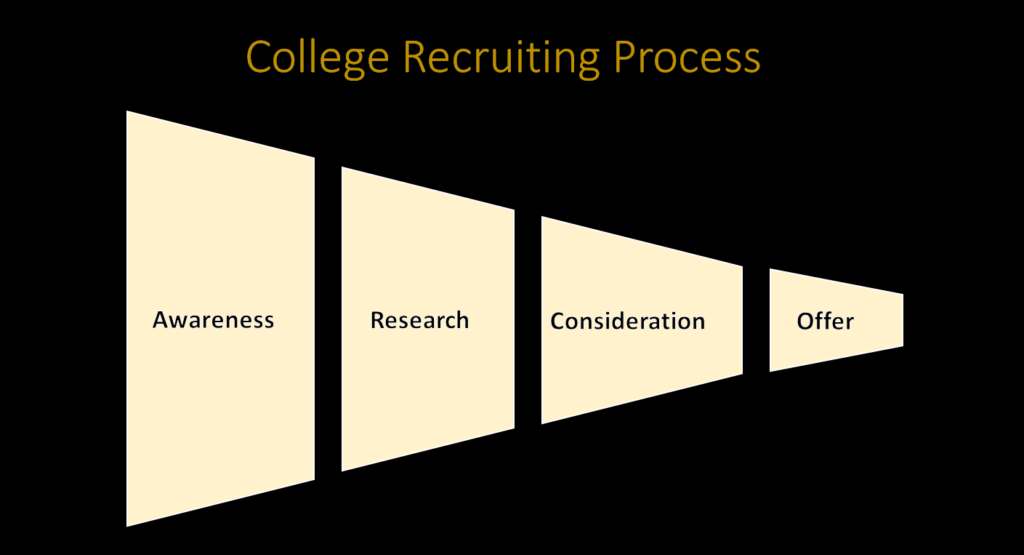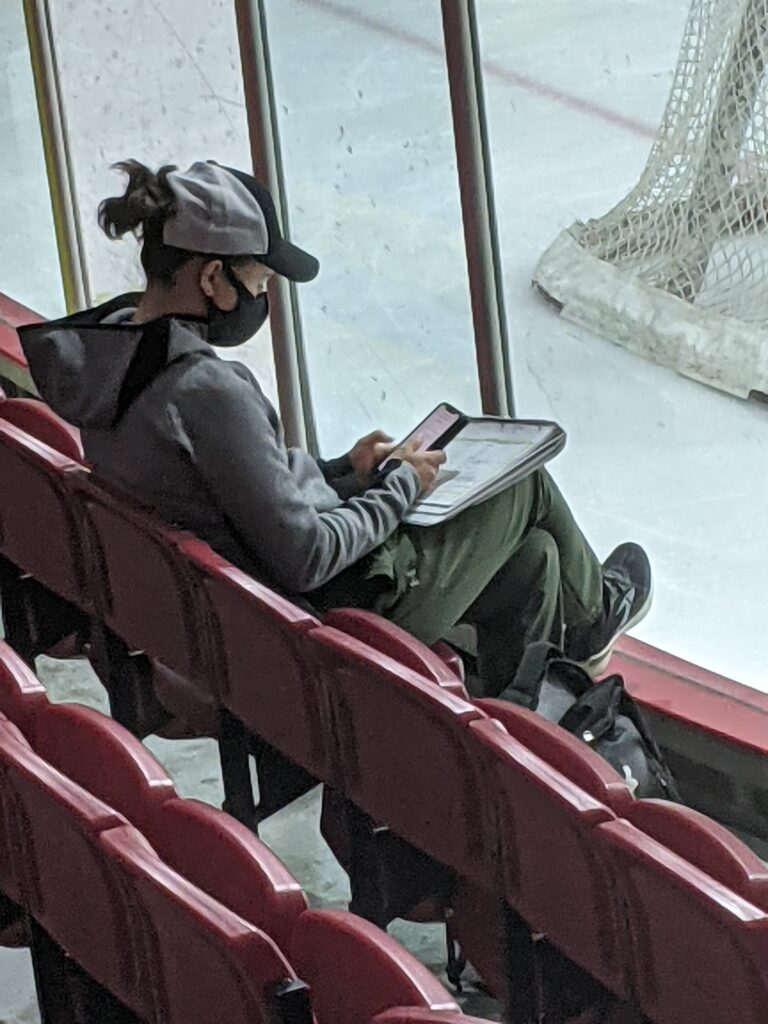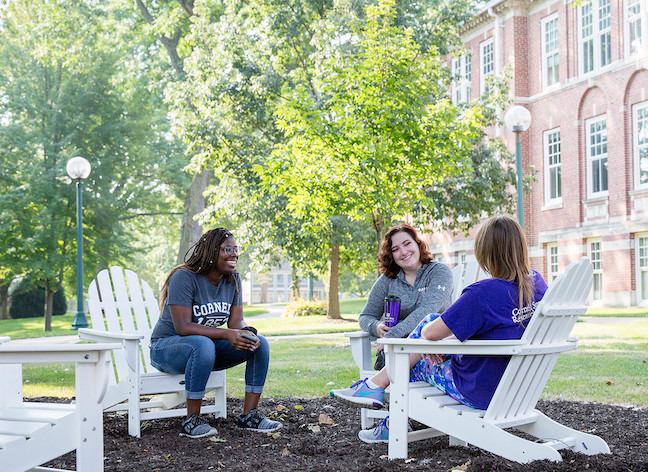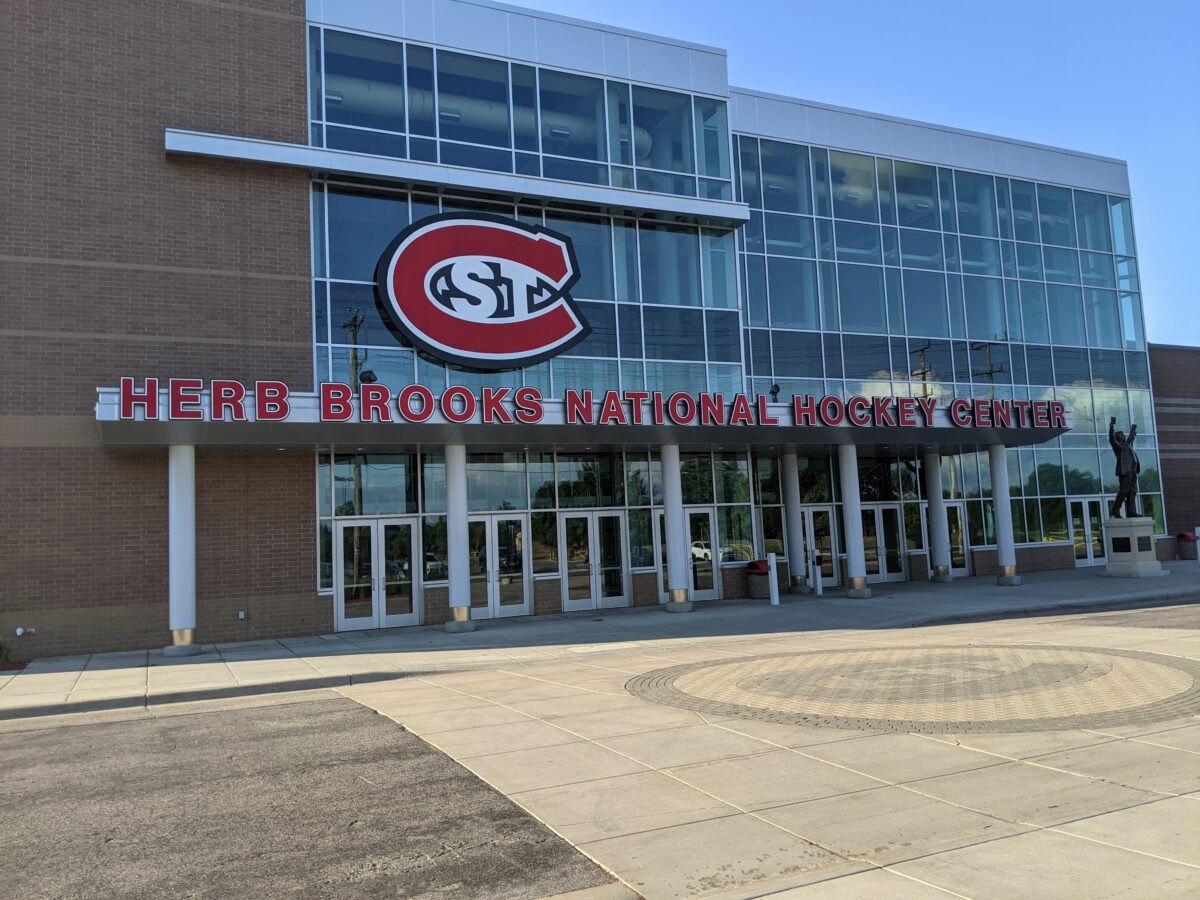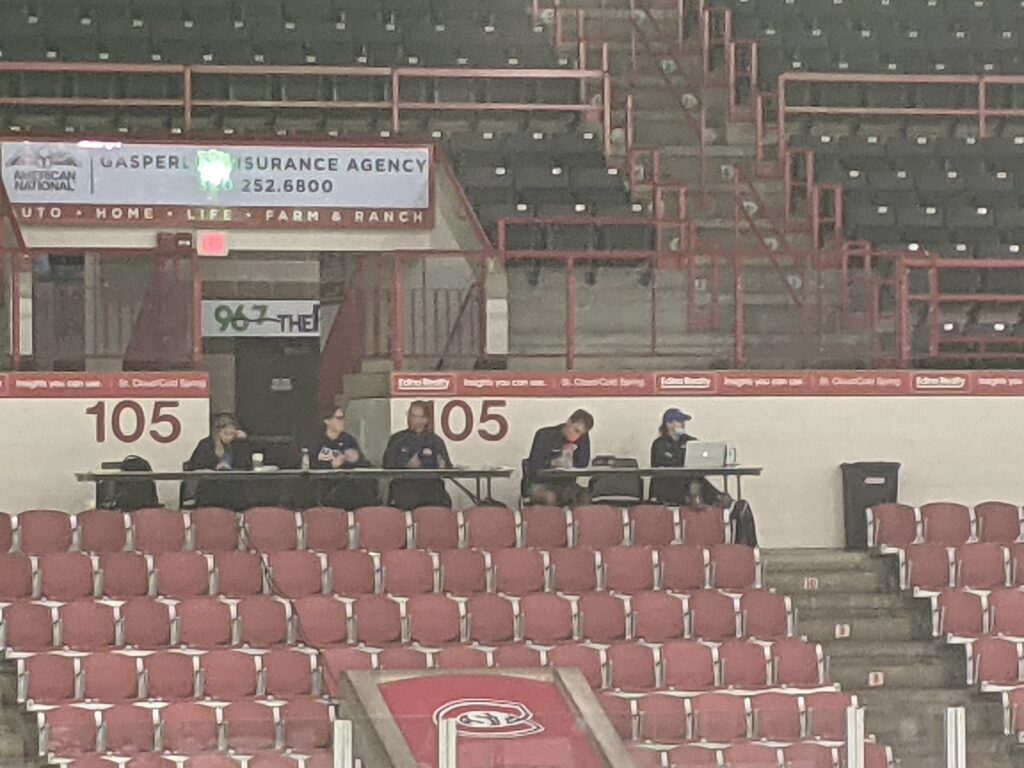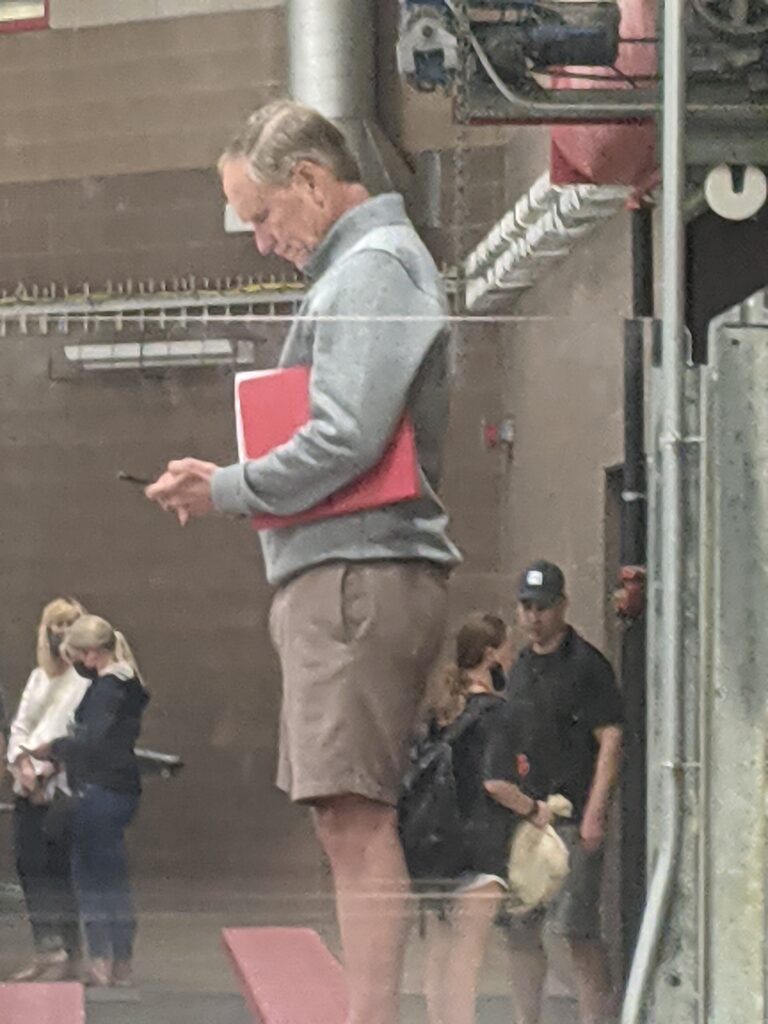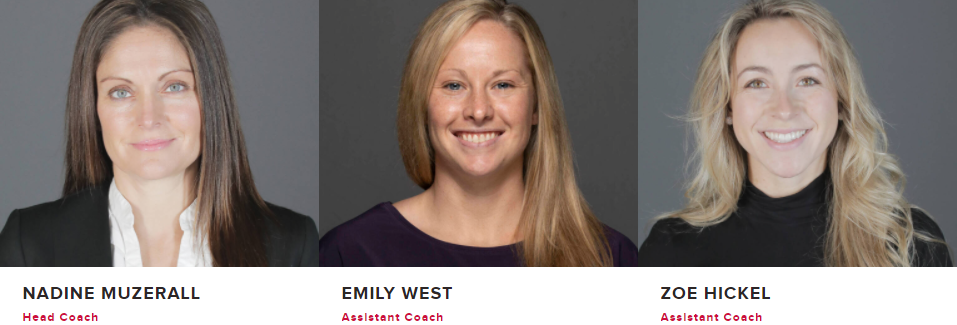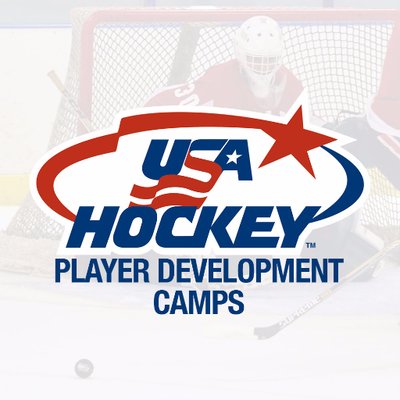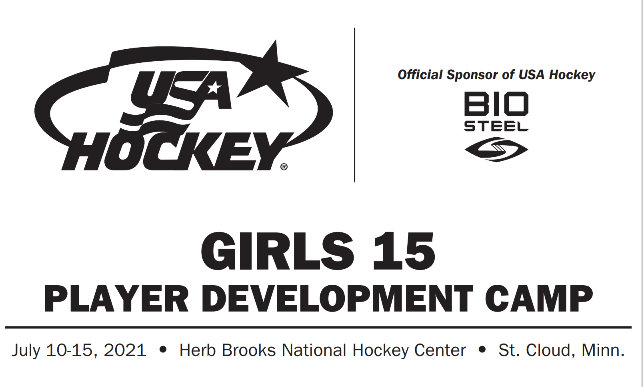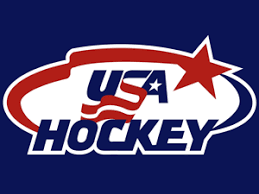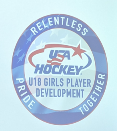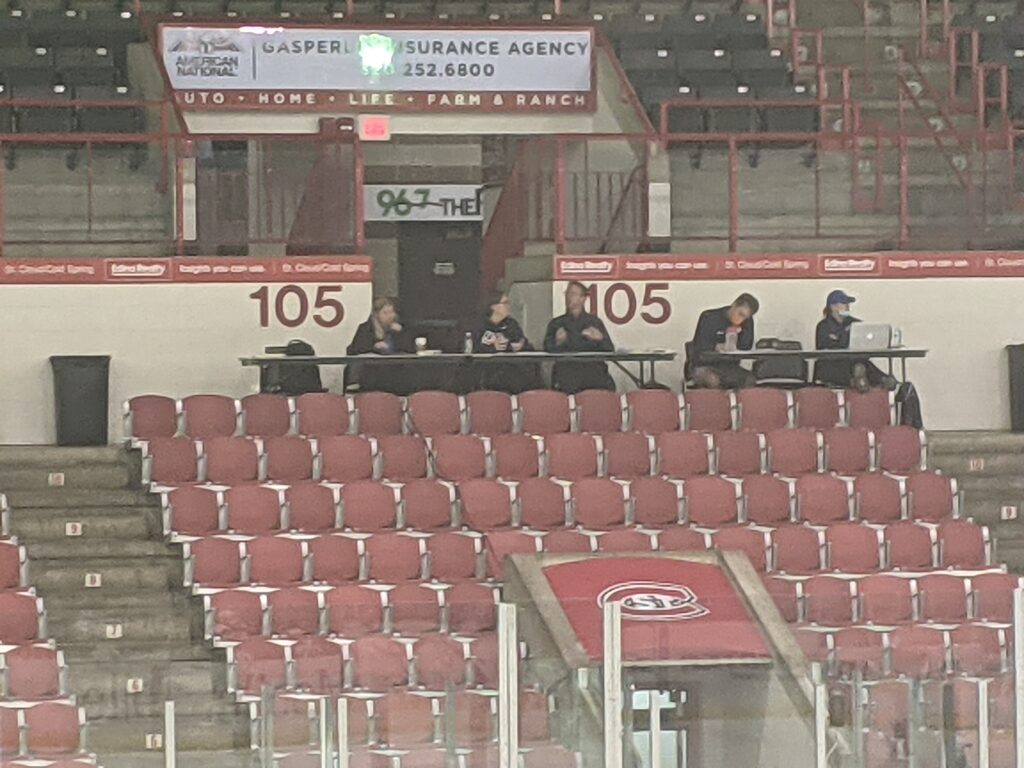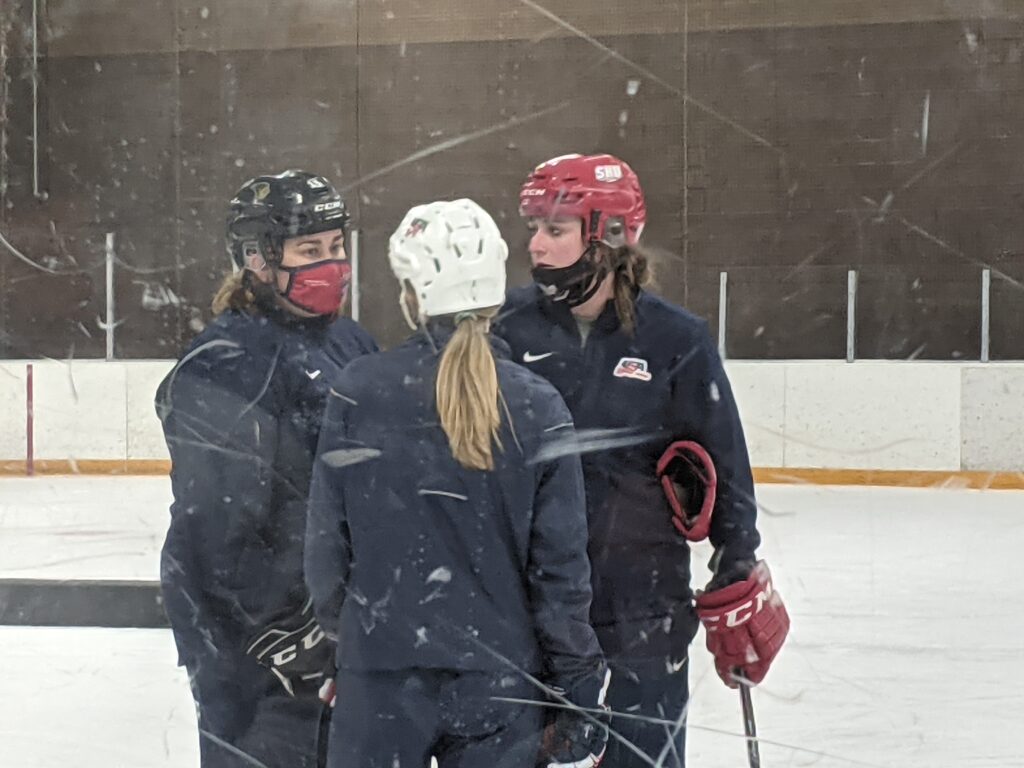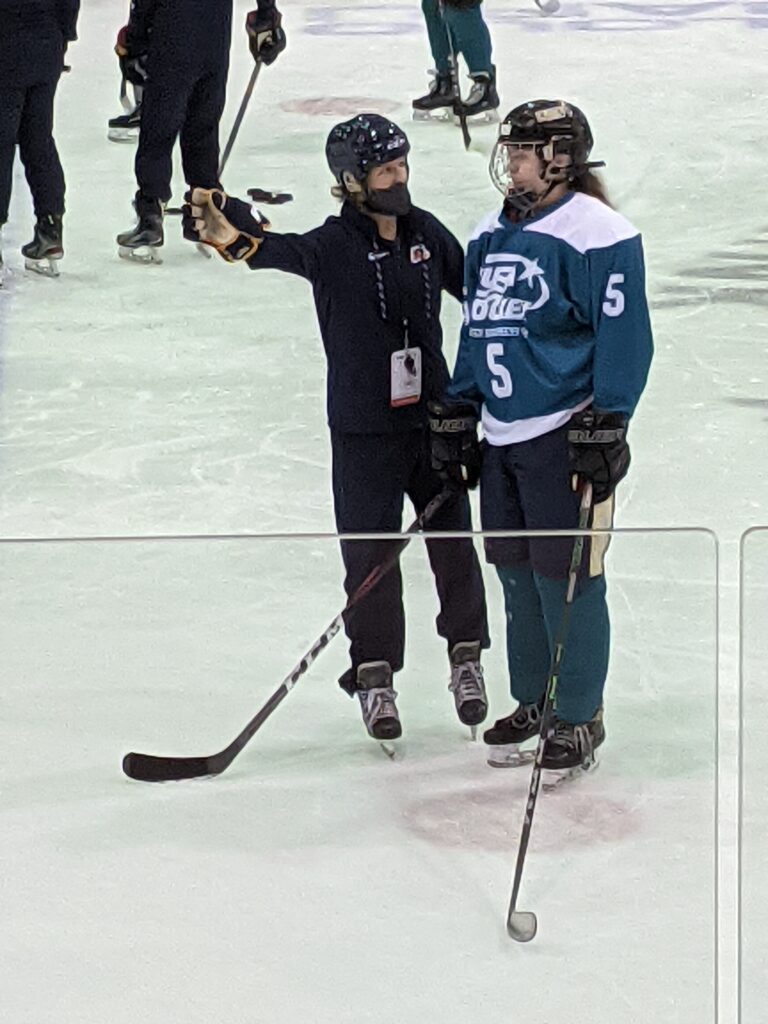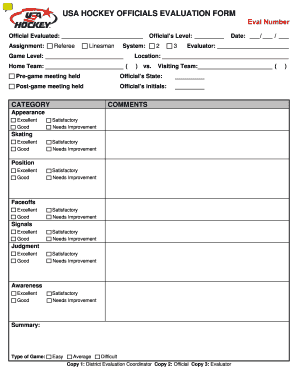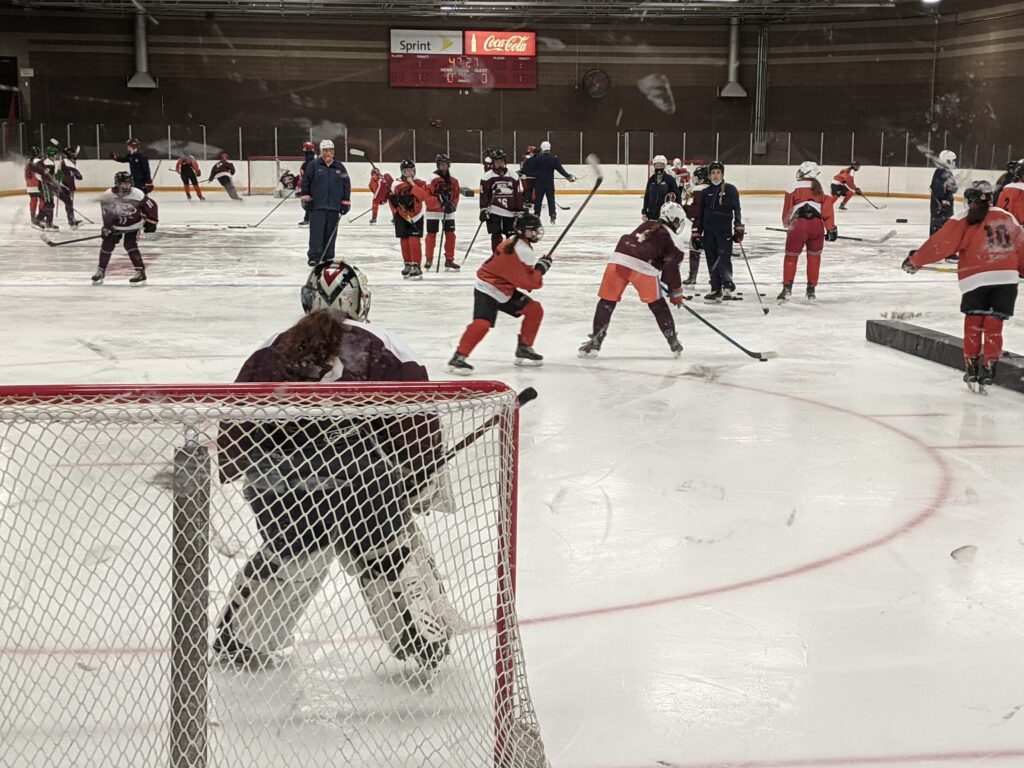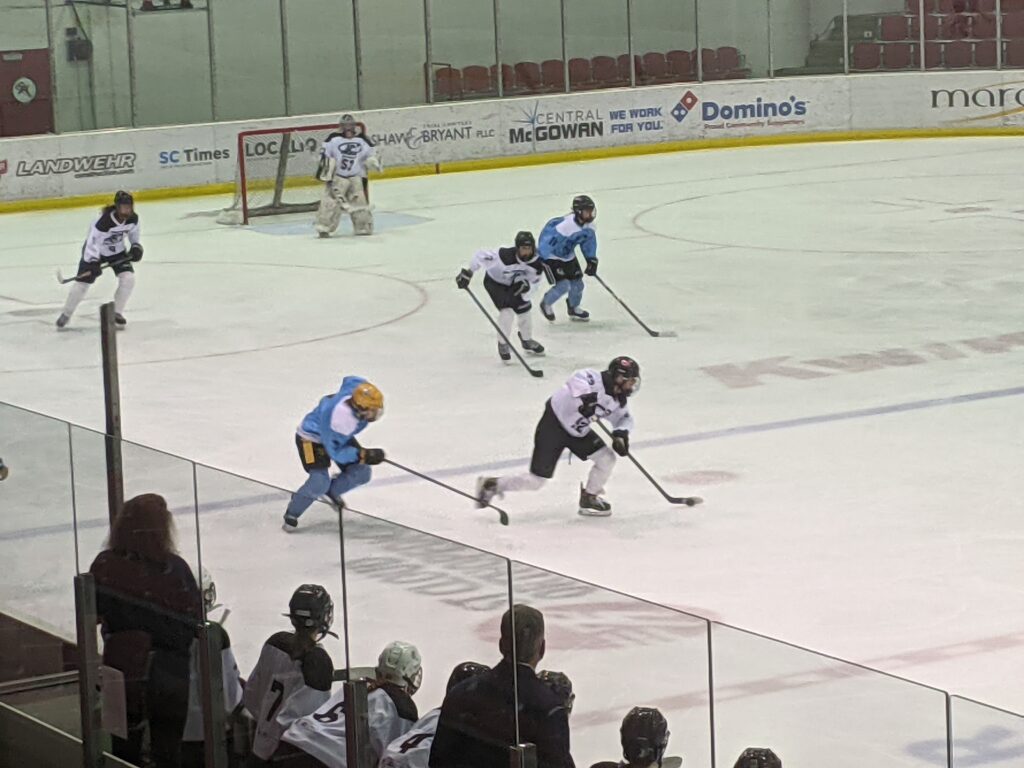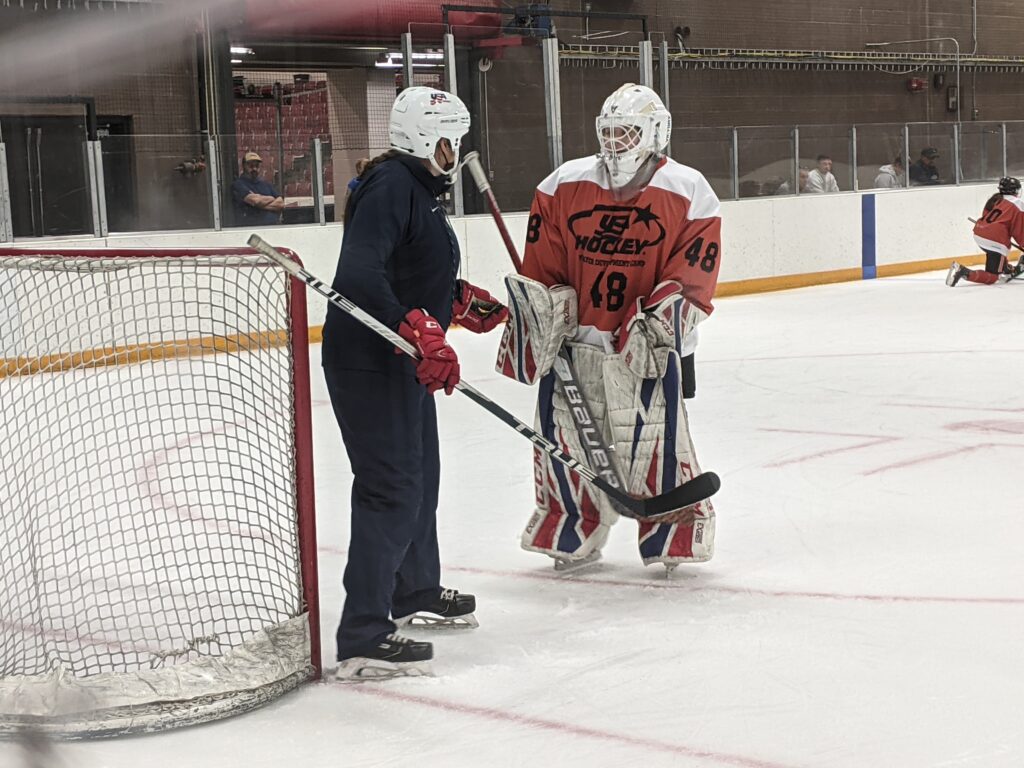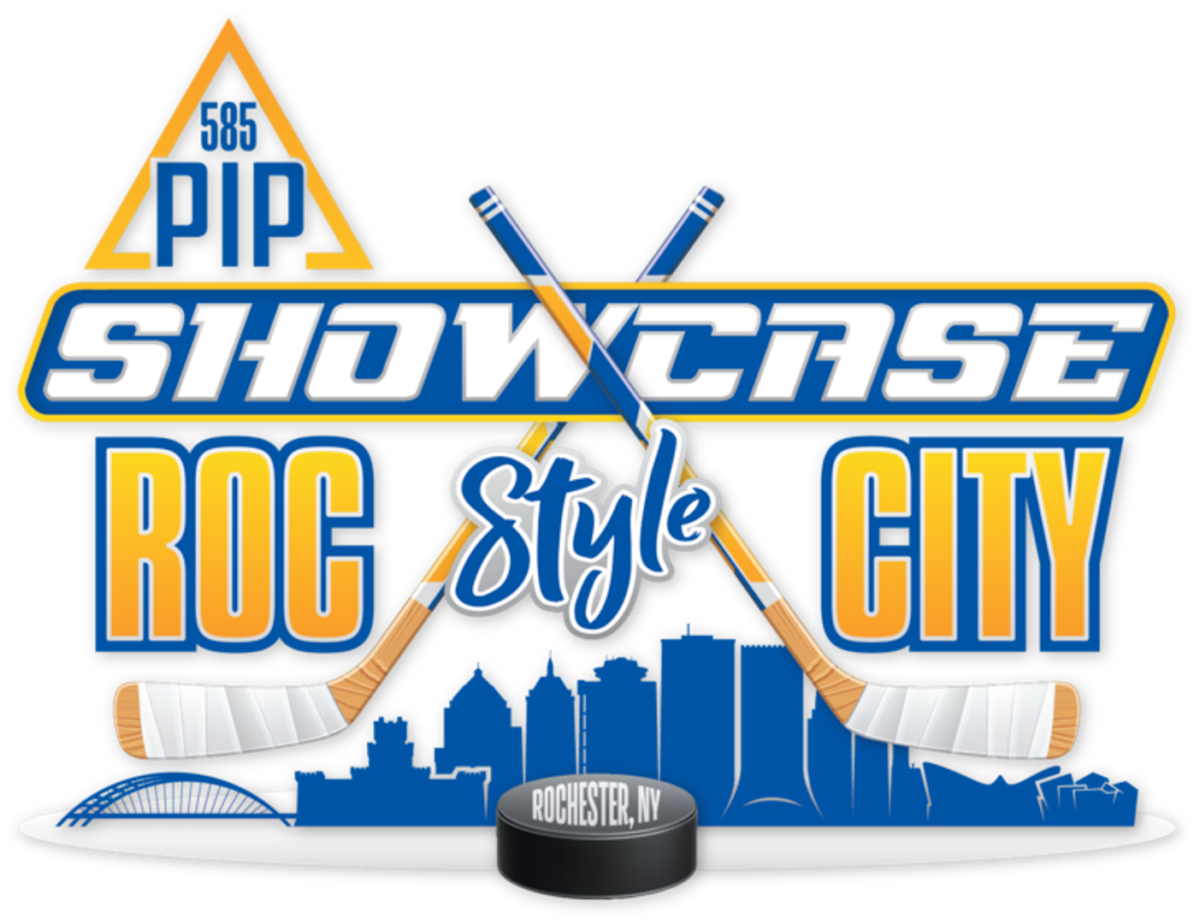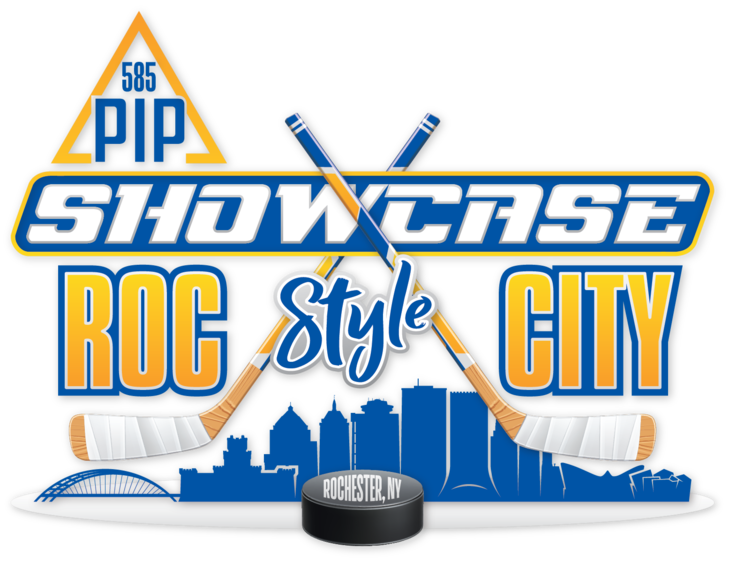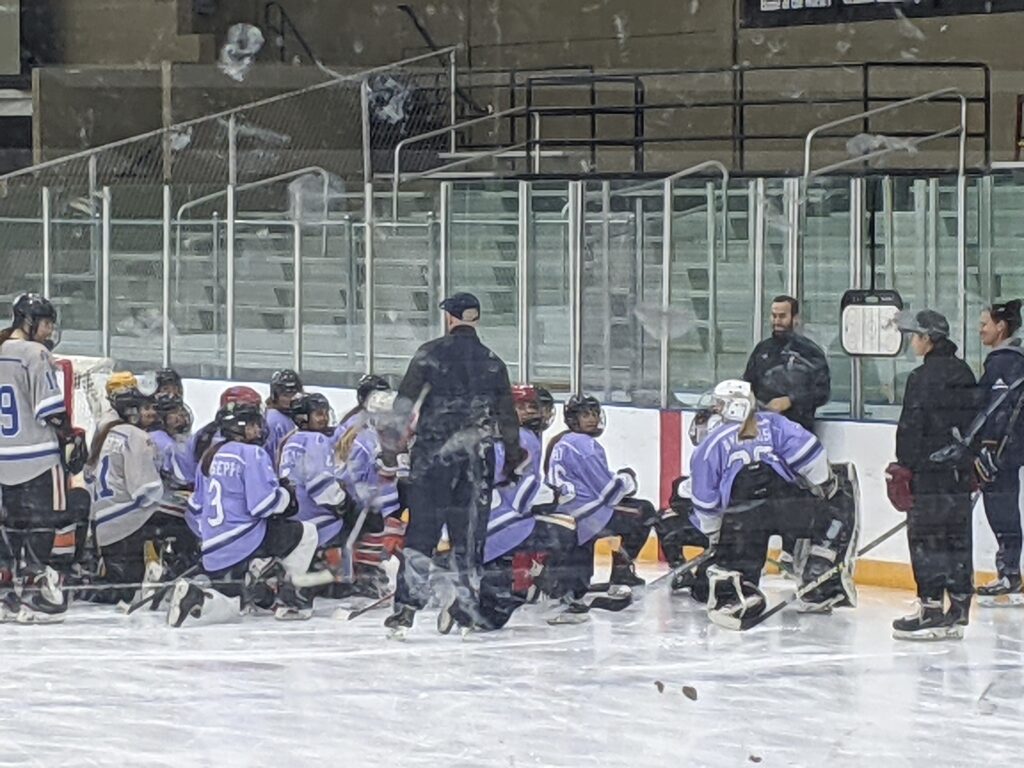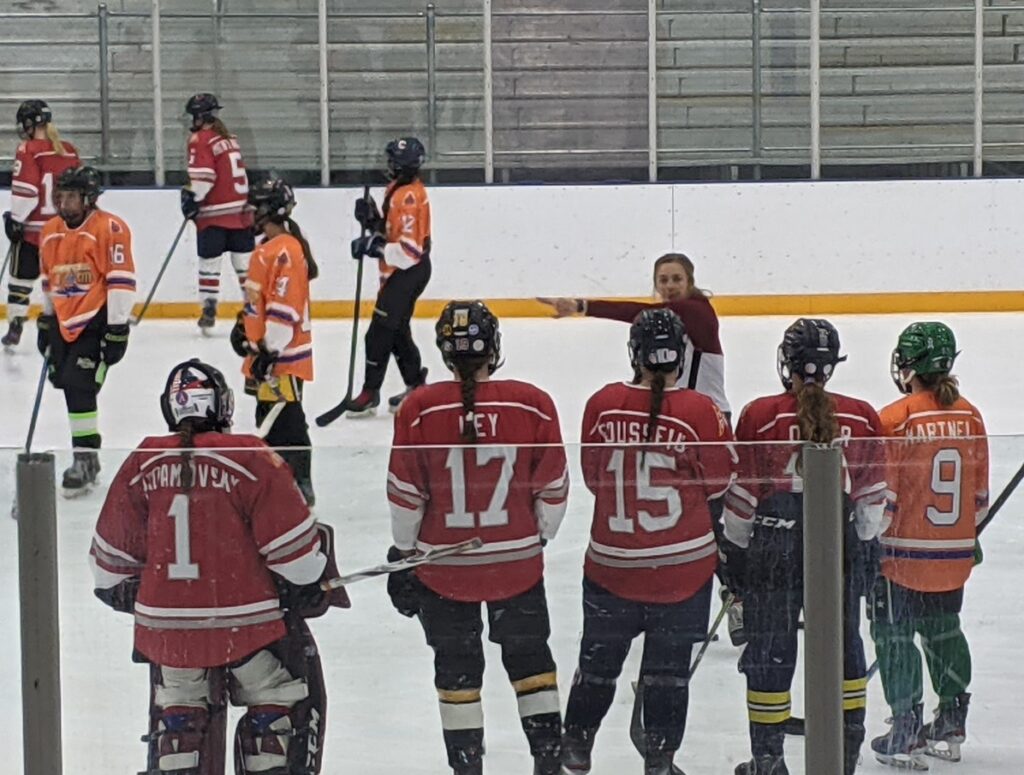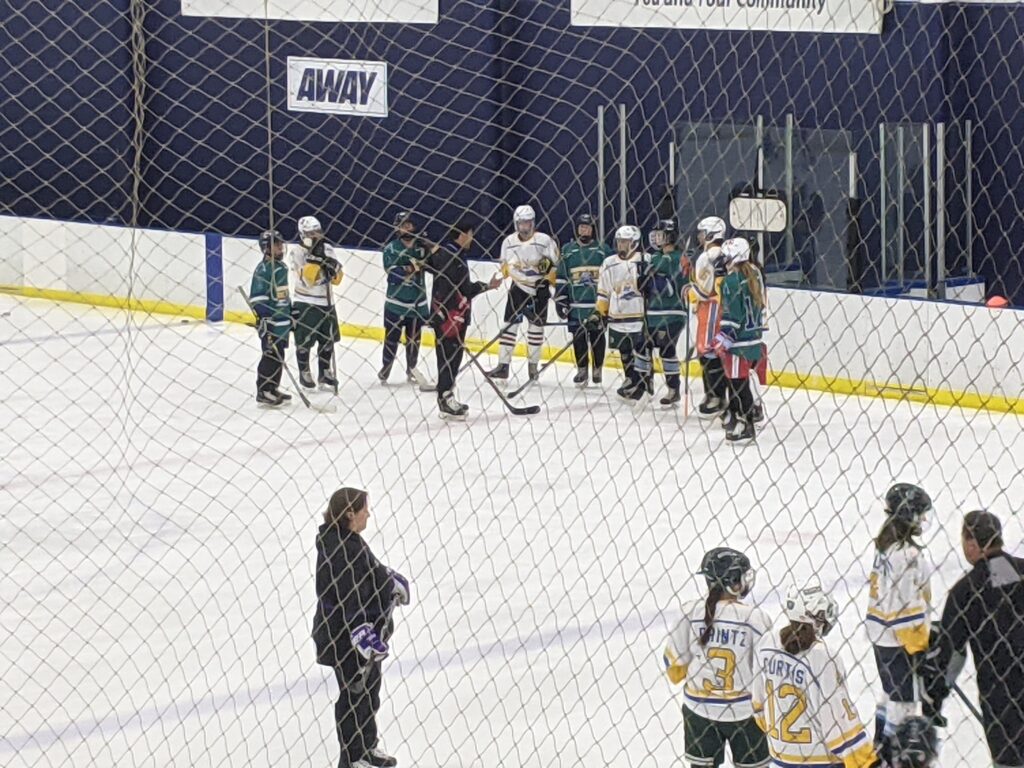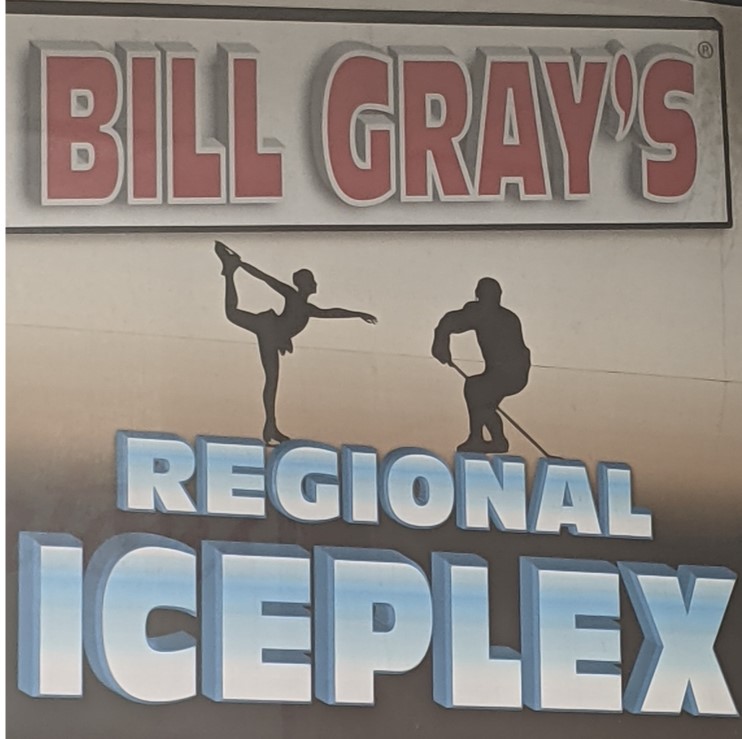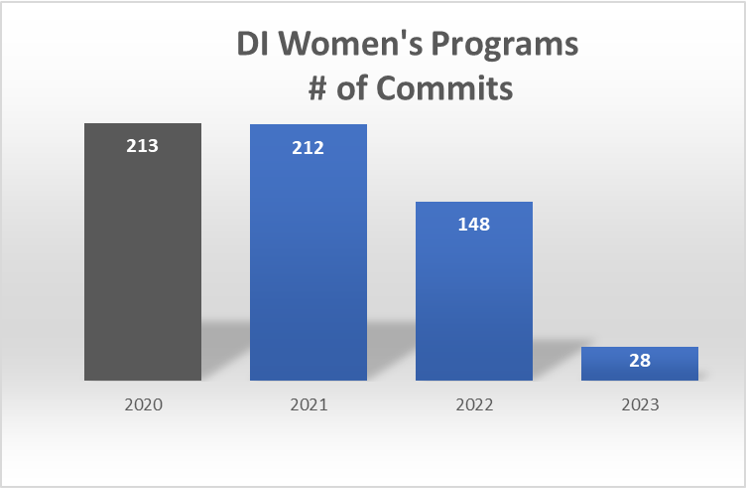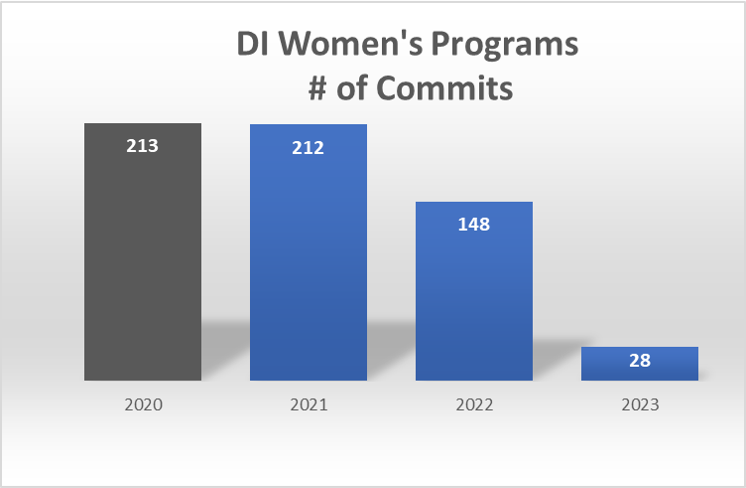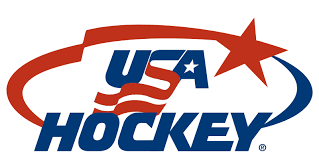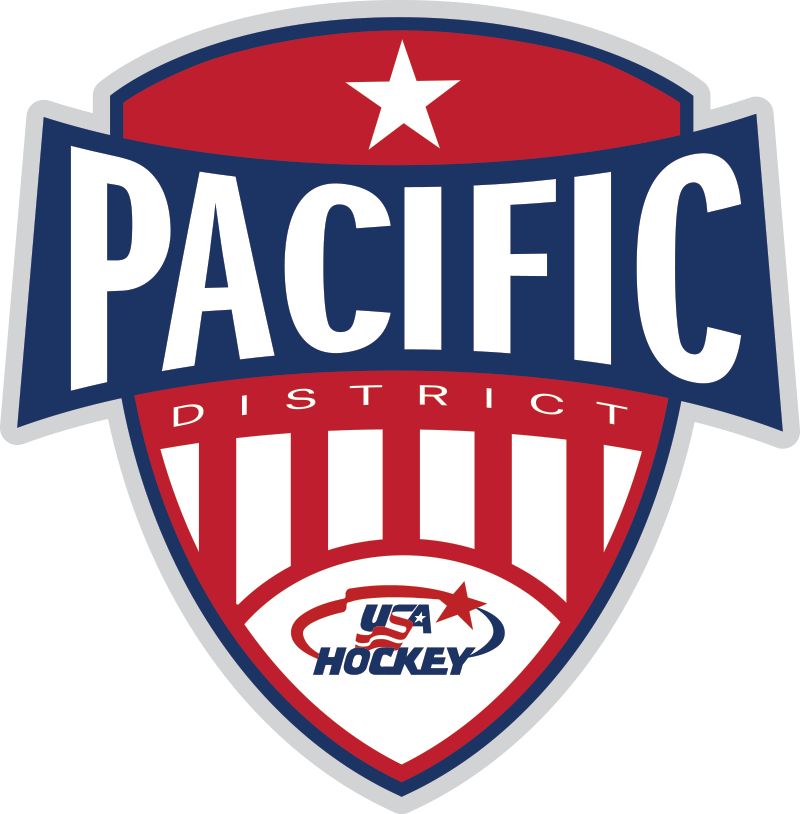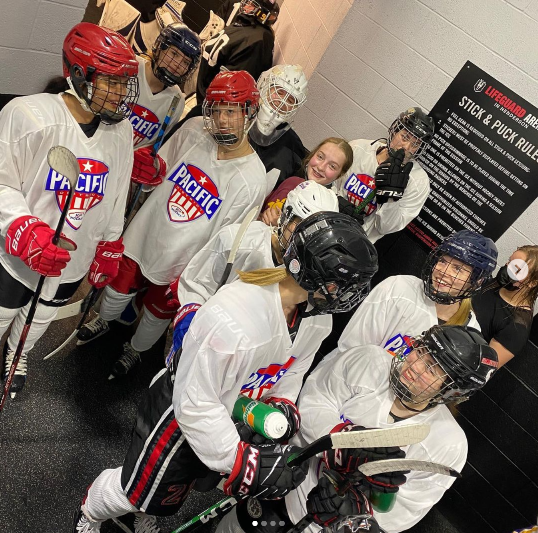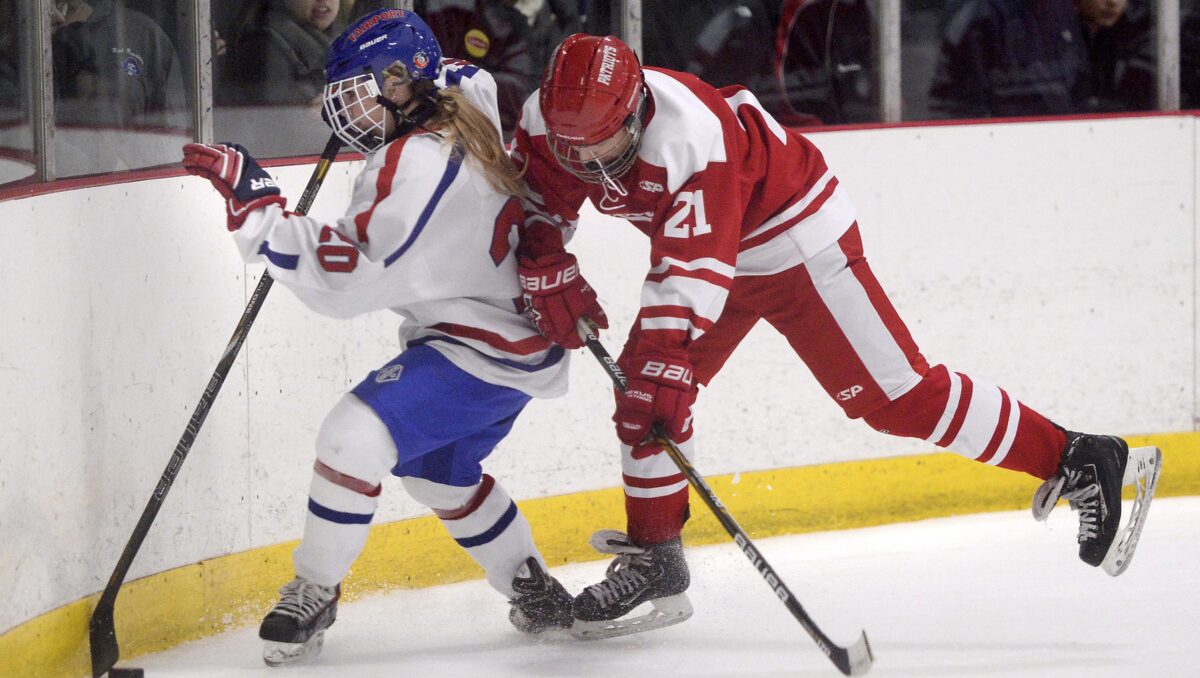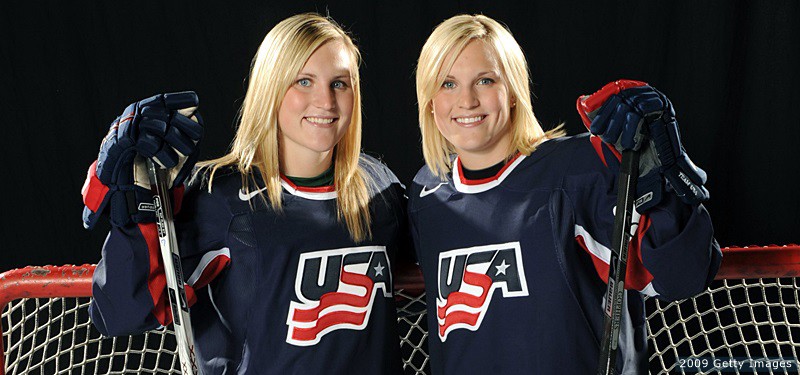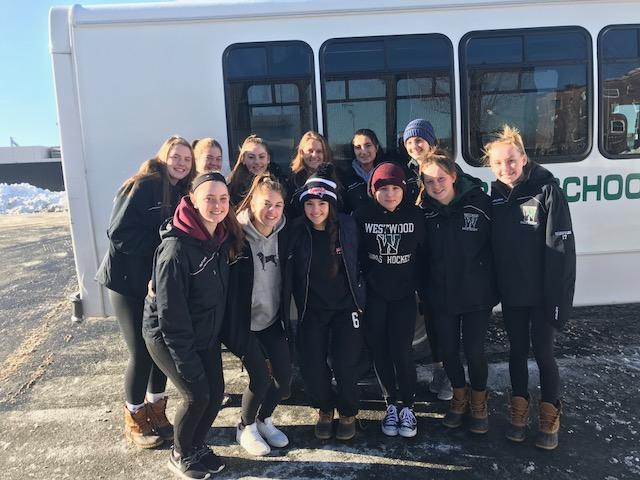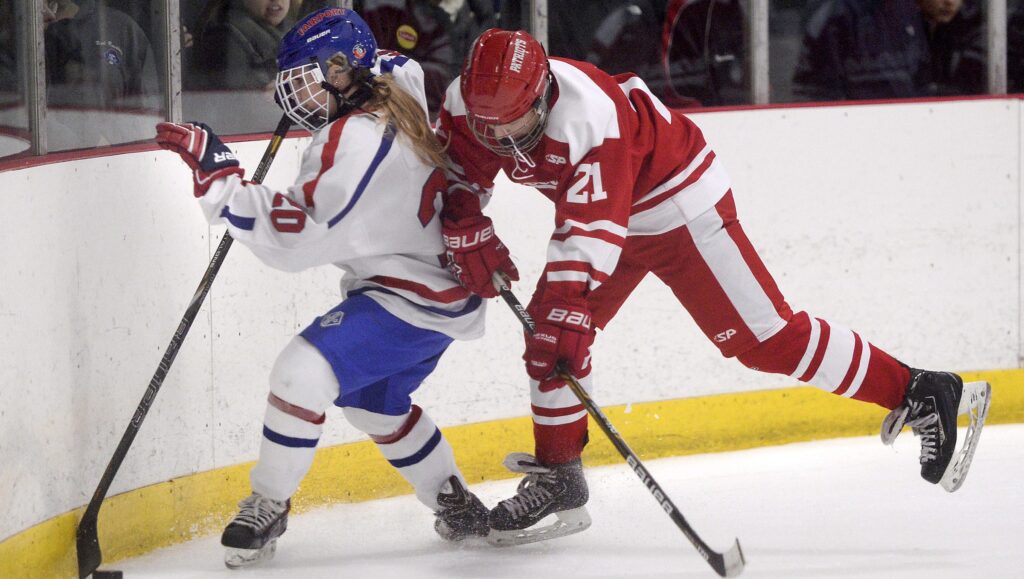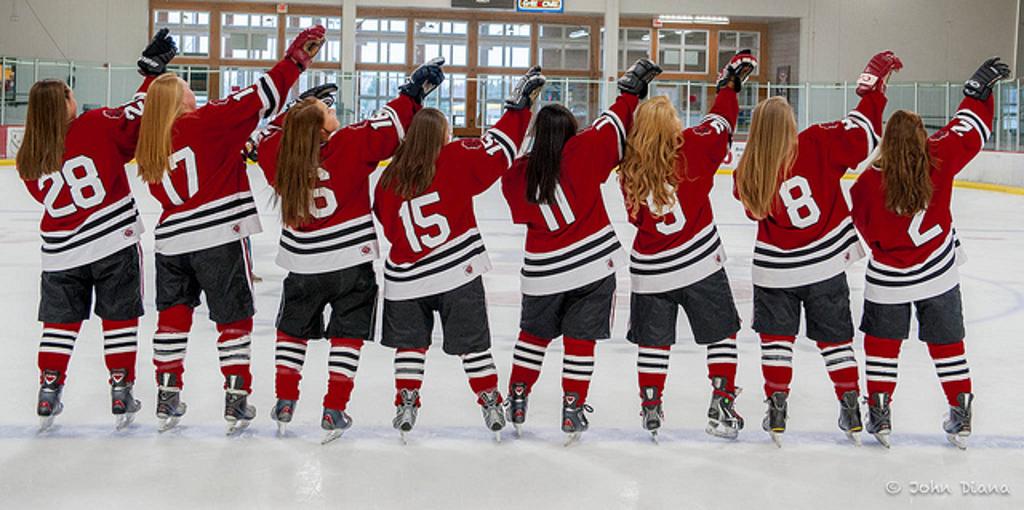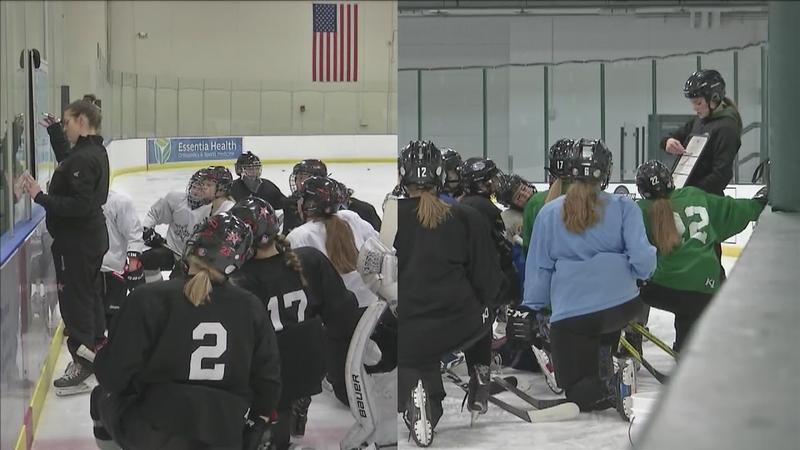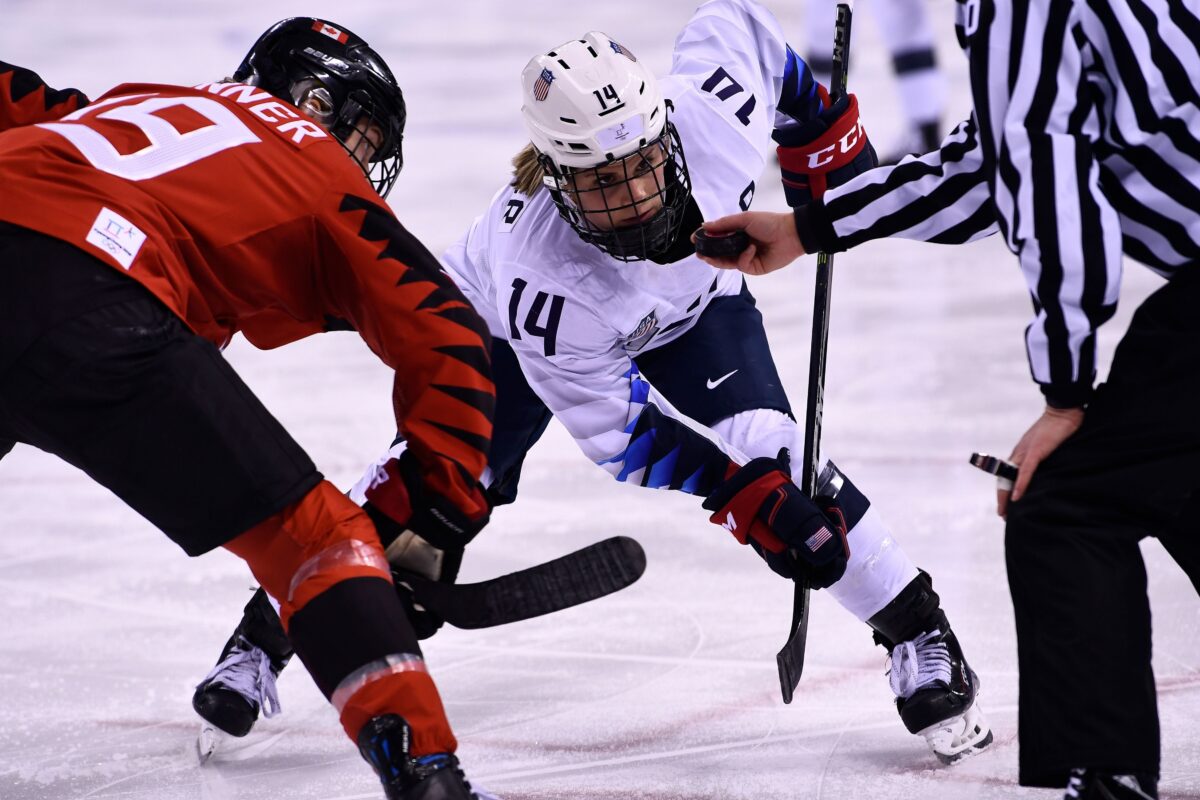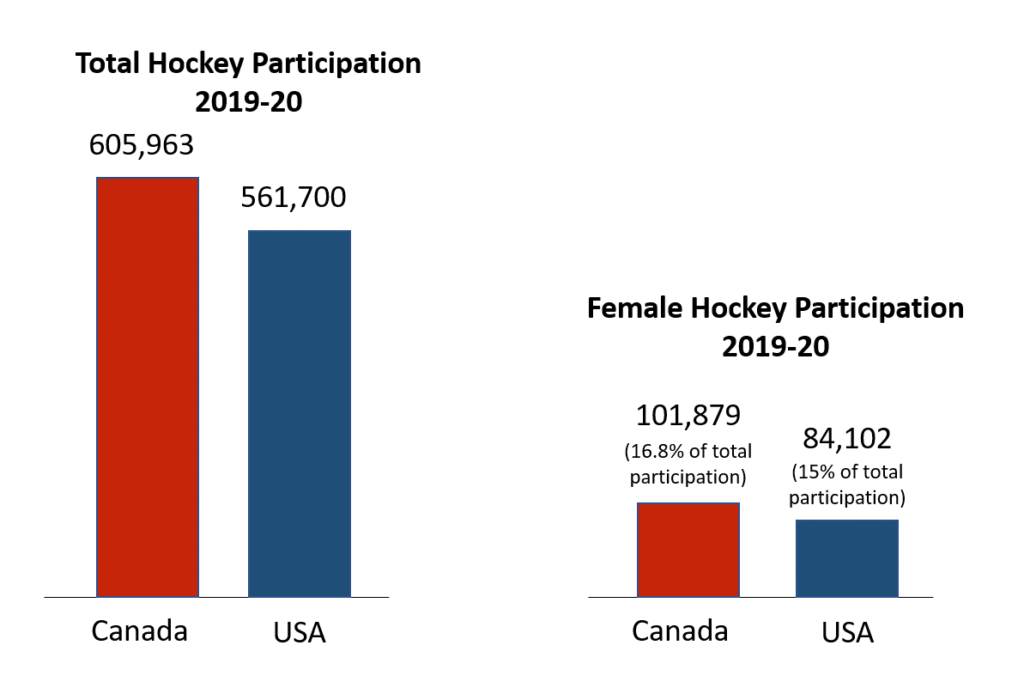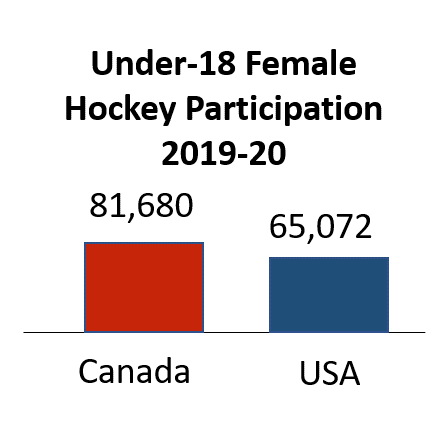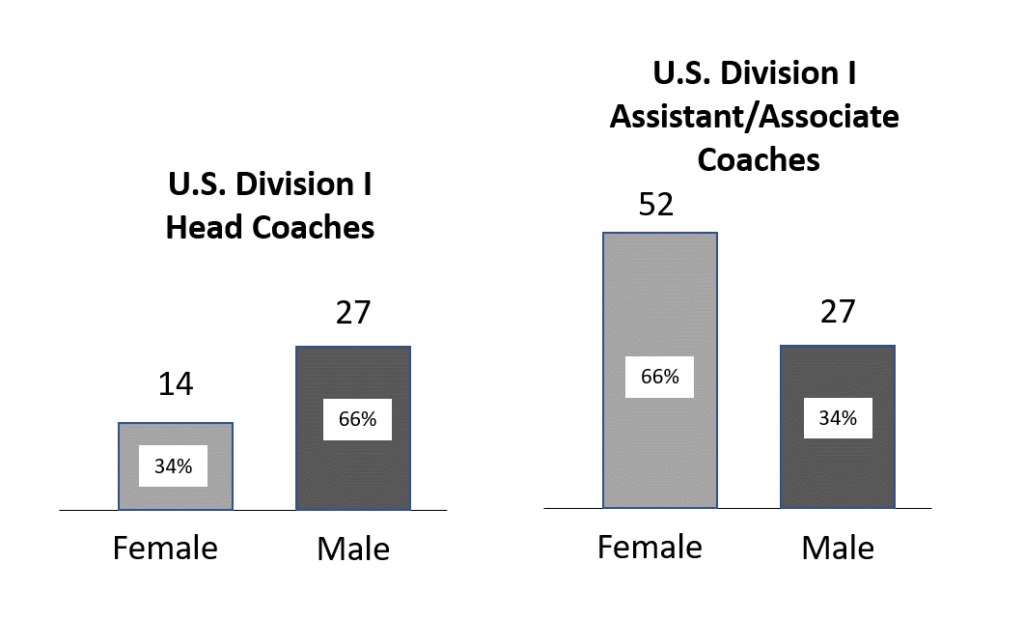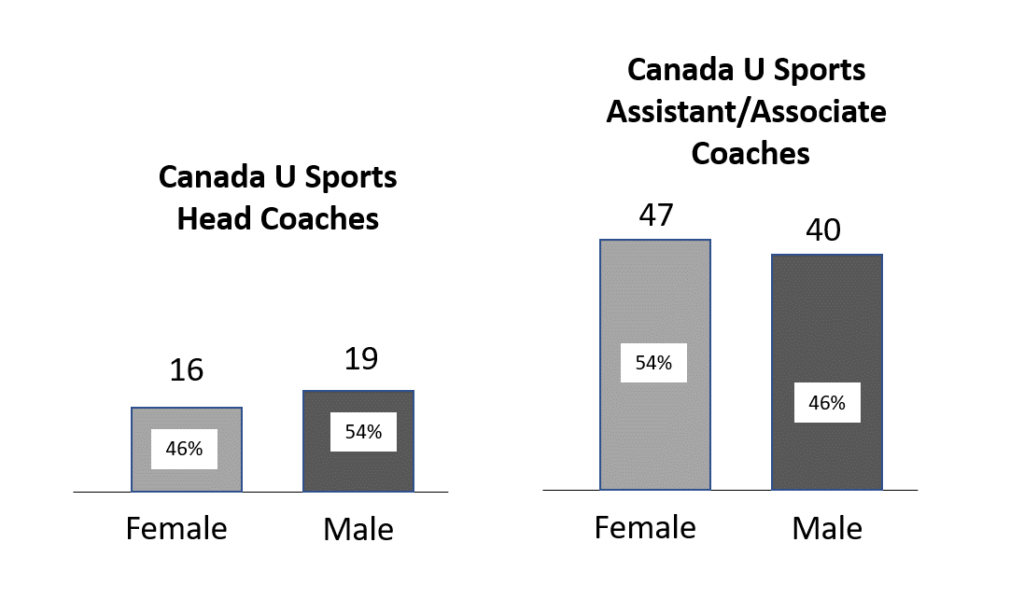Note: I wrote the first draft of this post before the NCAA announced they would expand the number of teams for the Women’s Ice hockey tournament from eight to eleven in either 2022 or 2023. While I applaud the NCAA for the decision and understand why they would increase the % of teams that qualify to match the men’s side at 27% of teams qualify, my thoughts below still stand. I also want to emphasize that I realize it is operationally complicated and expensive to have more teams qualify, but that should not stop the initiative to find creative ways to make this a win-win for the NCAA and women’s ice hockey.
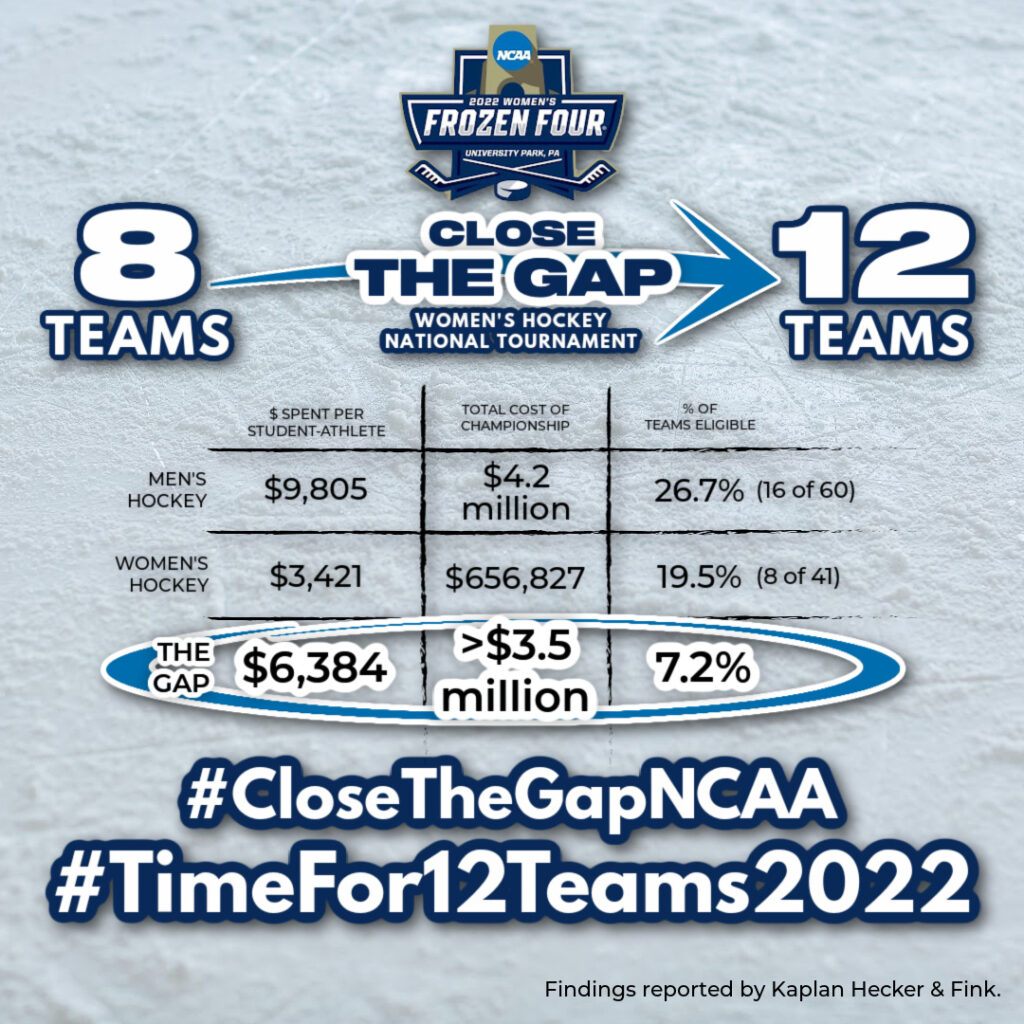
Last weekend I was asked by one of the DI women’s college hockey teams to share the Close the Gap graphic on our social media accounts. However, when it comes to this kind of stuff, I like to be educated on the topic. I had just skimmed through the Kaplan Hecker & Fink report the night before and rather than just re-post what everyone else has done, I thought I would share my 2 cents on the topic. These opinions are based on what I’ve learned over the last year about women’s college hockey, but also my 20+ years working with startups and high growth products.
Let me explain, one of things I have seen firsthand over the last year in-person and via USA Hockey and Hockey Canada data is that Women’s Hockey is a fast growing sport and is very similar to a startup. And startups should not be treated the same way from a business perspective as a highly profitable large corporation. With this as background, let me share 5 opinions on the matter. I put the simple hockey recommendation first and the business ones later, since they are a little more complicated to explain.
1. Why not 14 or 16 teams?
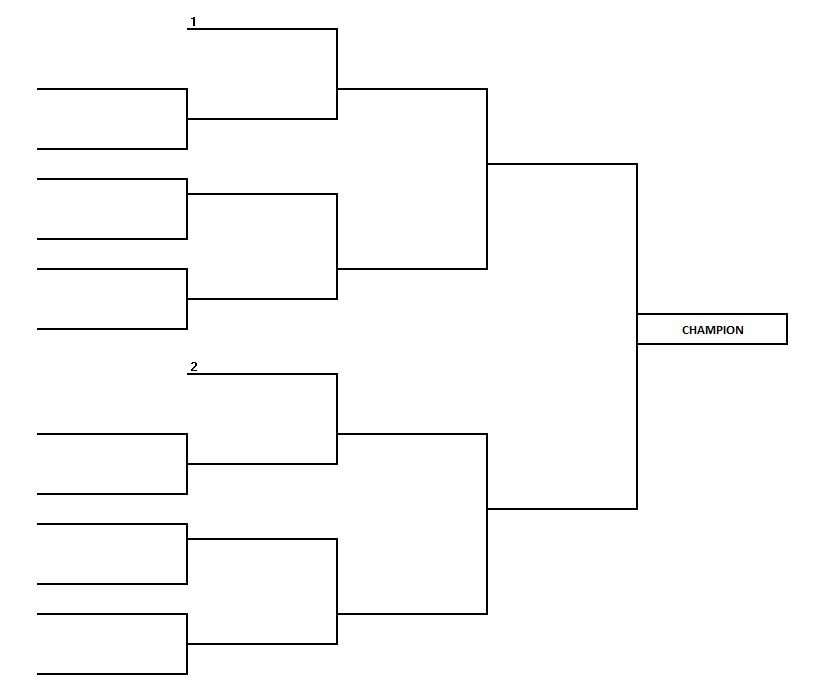
Let’s start with the fact that I don’t really understand how teams are selected for the women’s NCAA ice hockey playoffs. However, what I do know is that last year it didn’t seem like the actual Top 8 pairwise teams in the country were the ones who were selected for the tournament. Specifically, definitely Minnesota and probably Clarkson should have been there.
As much as 11 or 12 sounds like a good number, why couldn’t it be 14 or 16 teams tha.t qualify for the NCAA playoffs? From my analysis, there is only a small standard deviation between teams that are ranked from about 7-16. Specifically, the expected goal differential between any of those teams would likely be about 1.2. In other words, about 80% of the games between these teams would on-average be determine by only 1-goal – which should make for some pretty exciting games.
I don’t want to go through all the possible ways to make it work, but having 2-4 regional play-in games would seem to promote excitement and engagement. This would be in addition to 6-8 teams getting ‘byes’ straight to the “quarter finals”. These extra play-in games would not dilute the process and give teams a chance to feel what it’s like to be in the NCAA tournament. I don’t think Women’s College Ice Hockey should just look for parity with the Men’s programs – instead. they should do what’s right for their own sport – and 14 or 16 seems like the right number to me. (By the way, I think the same logic could easily apply to the men’s side of things as well).
2. Women’s College Hockey could be a Star
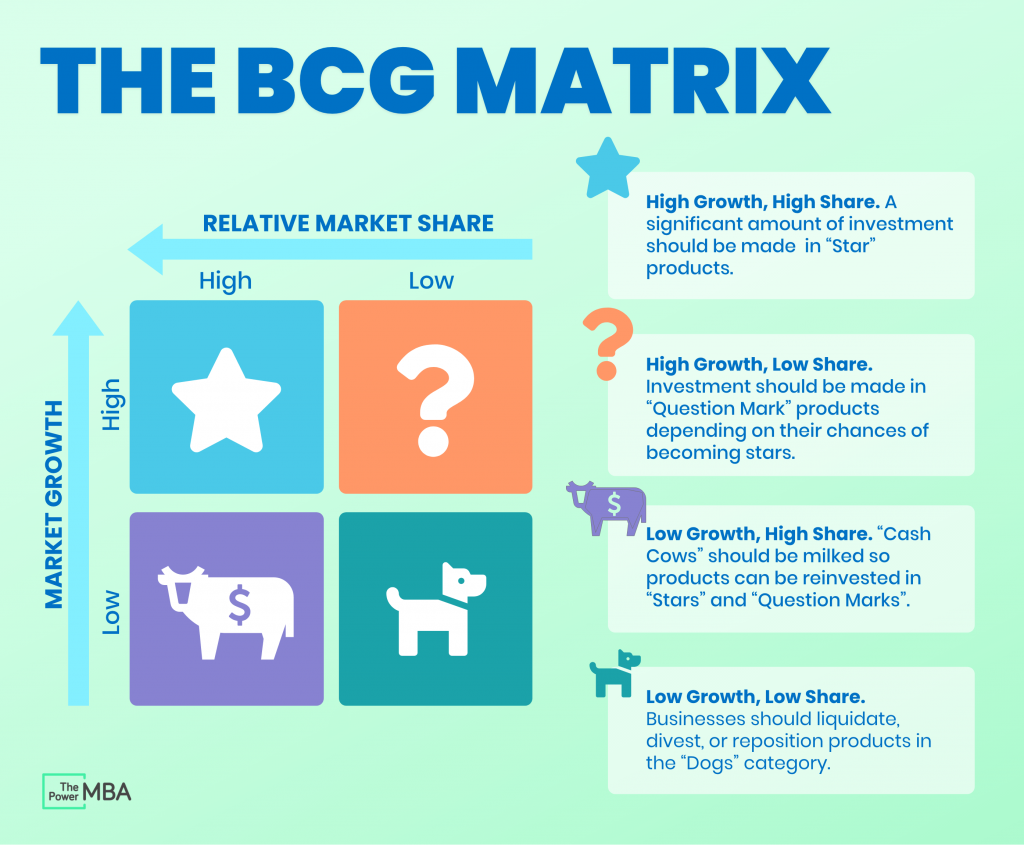
In business there is a famous slide called the BCG Matrix which describes where a business stands relative to other businesses on two dimensions: growth and relative market share. In the case of the NCAA, market share would be total college sports revenue. In business terms, football and men’s basketball are Cash Cows – generate tons of $, but are low growth sports. However, Women’s Ice Hockey while not yet a big money-maker, is high growth. They would be in the top right quadrant and currently be considered a ‘?’ as a business. In many large corporations, small businesses that are Question Marks can be underfunded and de-prioritized as the Cash Cows get all the resources and attention to keep shareholders happy (sound familiar?). However, this can be short-term thinking because the future may actually be in one of the small ideas that grow to dwarfing the incumbent businesses. All you need to do is to think of how the iPod started out as a teeny business for Apple relative to their Mac business, but then it became the dominant product leading to the iPhone and iPad. For the NCAA, the future might be in one of these women’s sports – especially women’s ice hockey. This leads into my next point…
3. Dollar Spent Per Student Athlete should be higher for Women’s Ice Hockey than Men’s Ice Hockey

This seems counter-intuitive but hear me out. Women’s College Ice Hockey should be treated like a startup. And startups over-invest during their early years to grow their products and brands until they hit scale. All you have to do is look at how Amazon lost money for years until they achieved scale in their core business. Keep reading below for the business rationale for investing in startups.
Now, this does not mean just throwing money at the sport. I think one of the best recommendations in the KHF Report is to find ways to combine both the Mens and Women’s National Championship events together. This way you can spread the fixed costs over a larger base, and even better, you can use bundling to promote both sports (e.g. sell ticket packs for both sports). Many companies and events (like the Olympics) use bundling as a way to help underfunded offerings get more distribution and customers.
4. Show me the incentive and I’ll show you the outcome
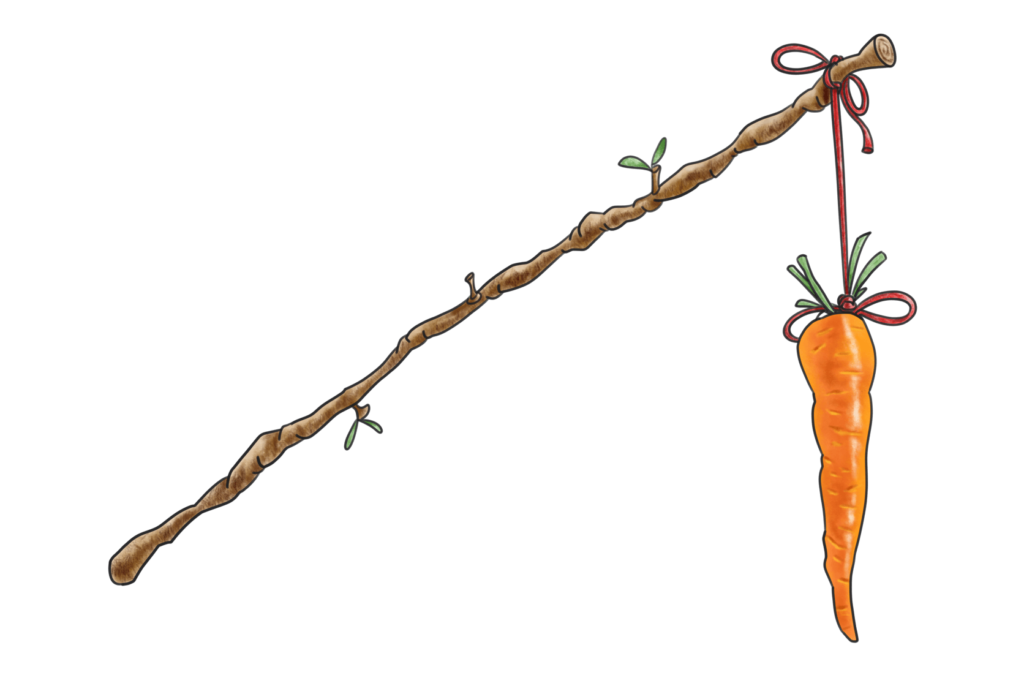
It doesn’t take a rocket scientist to understand that the NCAA designed a perfect system to achieve the results they produced – which was significantly under-funding certain women’s sports relative to the higher revenue generating male equivalent sports. When you read the Phase II report, many of their recommendations focus on changing the mindset, processes and people who make the key decisions about these sports. It was quite evident that there has been no incentive for the NCAA to prioritize gender-equity allocation of resources, investments and media attention. Since there was no incentive, their only goal appears to have been “profit maximization” and that what was rewarded. However, NCAA is not just about making money, they are about promoting sports and student-athletes across all their sports – not just the ones that currently make the most money. In this case, introduce the sport to fans who already have an interest in men’s hockey.
5. Women’s Ice Hockey should have its own vision for where it wants to go by developing a “Grow the Game” Playbook
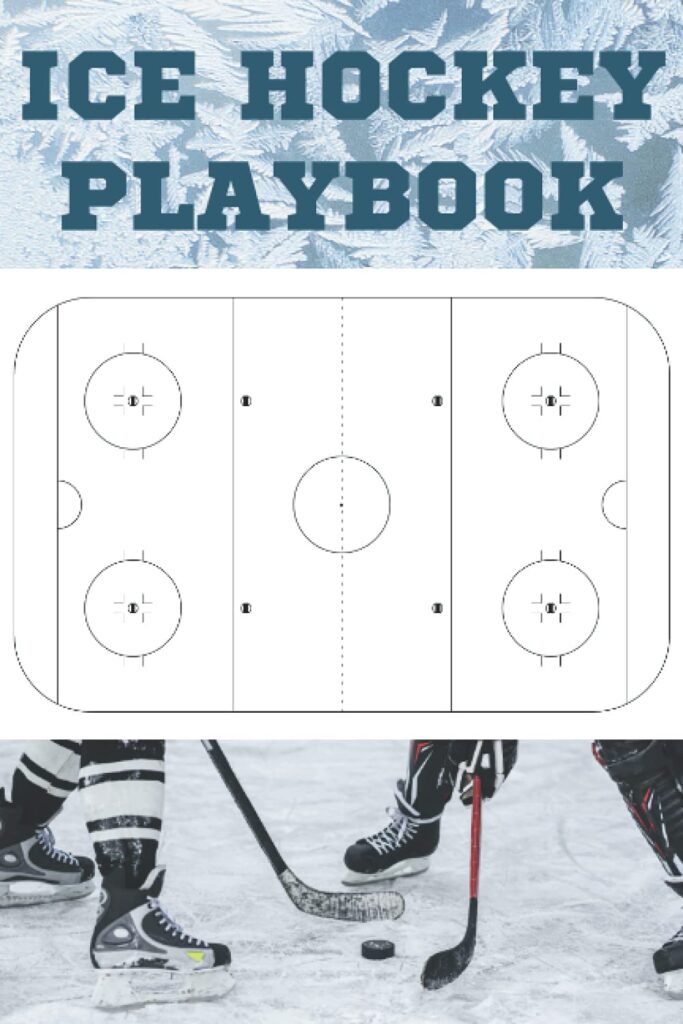
Women’s Ice Hockey shouldn’t depend on the NCAA to figure out the secret sauce for building a large, loyal fanbase. They need to take ownership for the success of their own sport themselves.
I have learned over the past year is that there is a wide range of marketing and social media savviness across the DI women’s college hockey programs. I am also assuming this translates into local marketing for their teams and building their fanbase – as seen by a wide range in attendance at regular season and playoff games (and obviously Covid has had a big impact in this stuff recently). But there should be some type of committee created (if there isn’t one already) that brings together some of the best practices from the most successful programs for selling the sport and putting on big women’s hockey events. These programs know their customers better than anyone else and should be leading the charge on what works and what doesn’t with this customer segment. With additional funding and proven, creative ideas the sport can really be taken to a new level.

